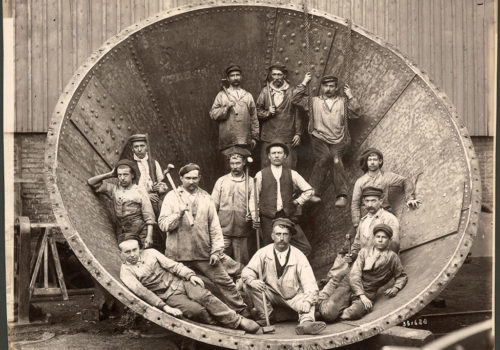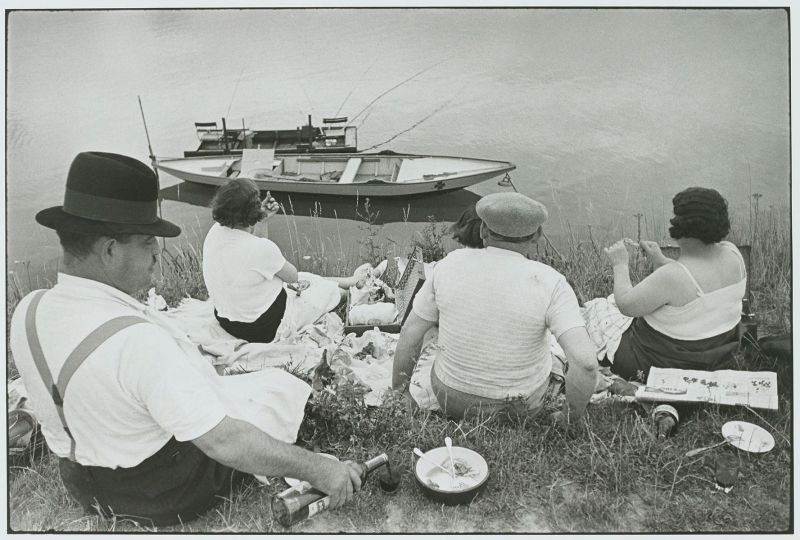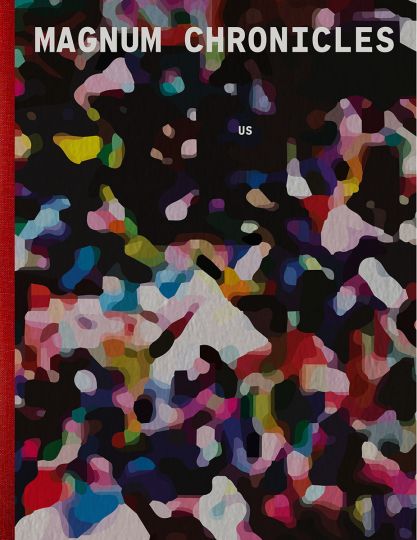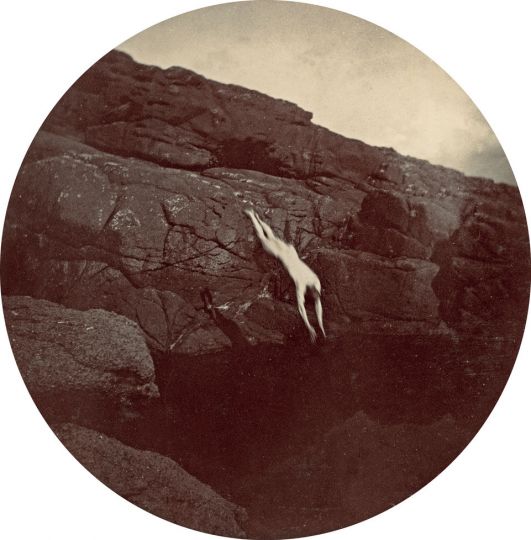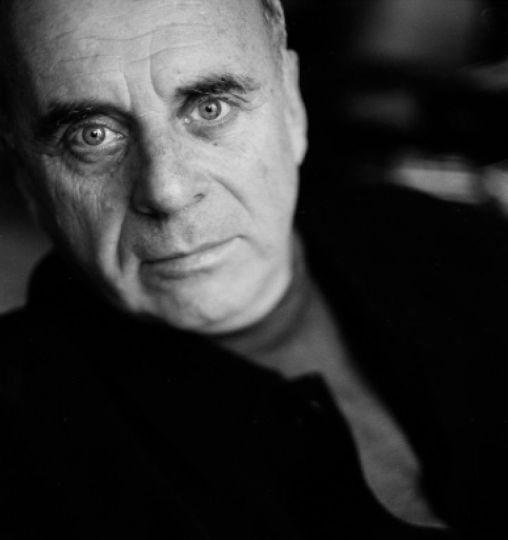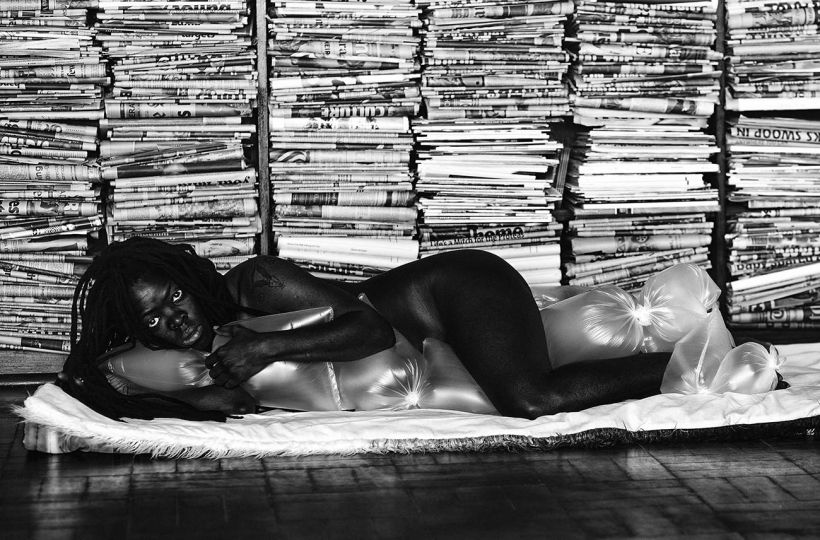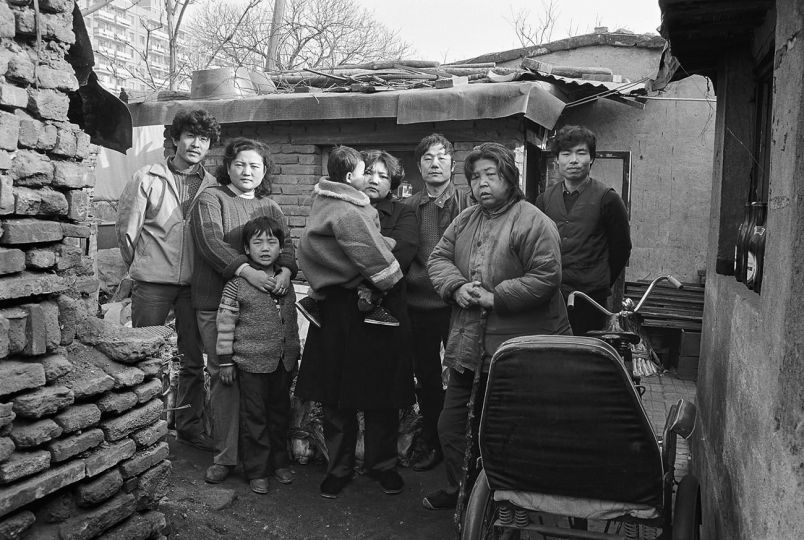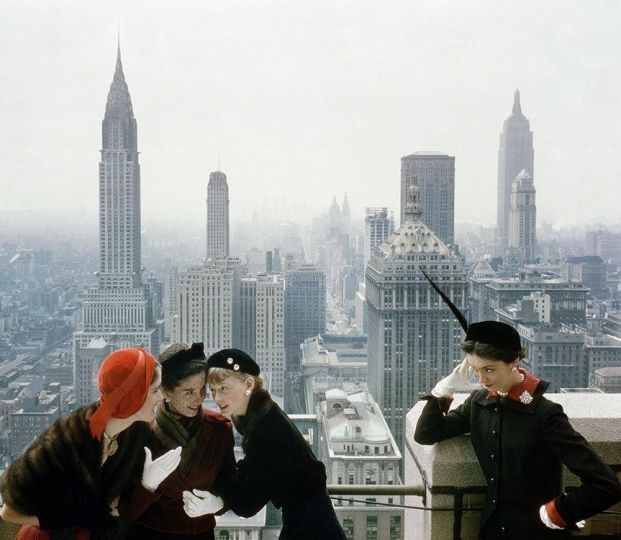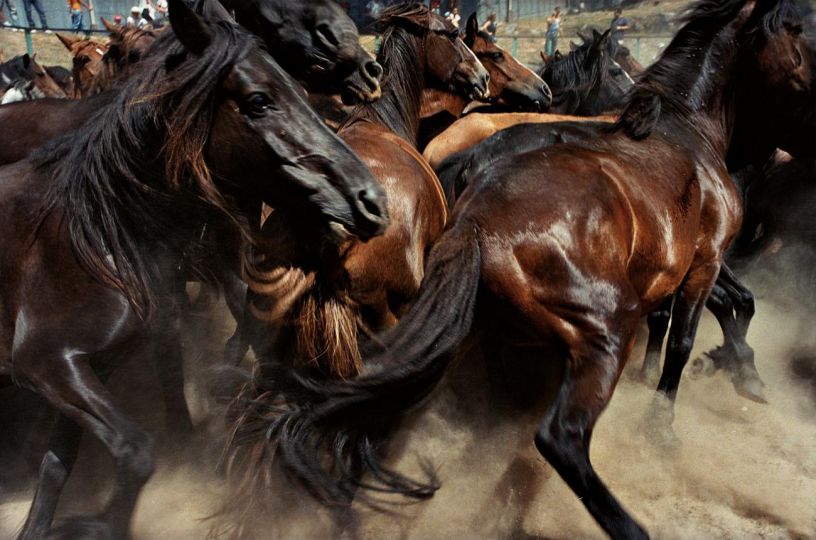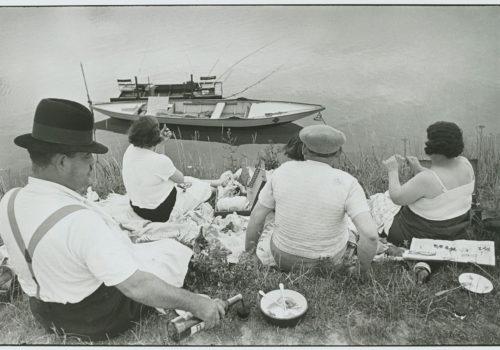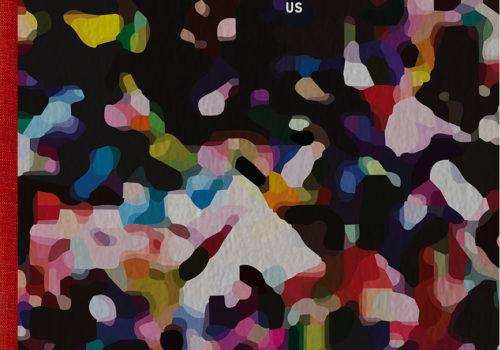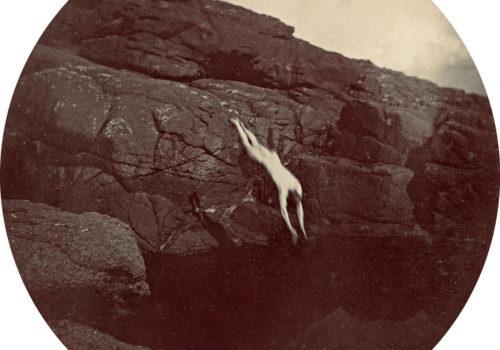The Musée de l’Élysée, located in Lausanne, Switzerland, is celebrating its thirty years’ anniversary. On this occasion, in an unprecedented gesture, the Museum is taking a look at its past in an original exhibition dedicated to its iconographic collection first created by Rev. Vionnet (1830–1914). The selection, distributed throughout all three stories of the museum, includes over 500 pieces selected from a repository of several hundred thousands items (including negatives, prints, contact sheets, albums) and covering the history of photography from its birth through the 1980s.
Reverend Paul Vionnet became interested in photography at a very early age: already at 12, in 1842, he made his first attempts, and around 1845 he assimilated Adrien Constant Delessert’s techniques. With systematic precision, he documented the evolution of the urban landscape he inhabited as well as his excursions into the Alps. He used salt paper, collodion glass negatives, albumen prints, aristotypes, and cyanotypes. He also collected all sorts of iconographic documentation on his canton. The wide-sweeping collection engages our own age in which the digital abolishes the distinction between original and copy. In 1872, Vionnet’s hobby resulted in his unique, self-published book, Les Monuments préhistoriques de la Suisse occidentale et de la Savoie [The Prehistoric Monuments of Western Switzerland and Savoy]—an inventory of glacial erratics of the region.
In fact, the title of the exhibition should be inverted: rather than “memory of images,” what we discover are “images of memory” of the Canton of Vaud, presented in a surprisingly large quantity, instead of the usual parsimony and scarcity we have come expect at photography shows. We follow the urbanization of Lausanne throughout the nineteenth century, including the construction of bridges spanning the shoreline of Lake Geneva; town planning operations; the construction of exceptional buildings, public and private; folkloric cantonal celebrations along with parades of traditional local costumes. The top floor features some dozen themes underpinning the collection, whereas the lower level brings together the major local photographers whose works have broadened the collection since 1960, as part of a policy of promoting photography: the De Jongh dynasty and their magnificent portraits; Eugène Würgler; as well as Emile Gos and André Schmid. Prints by Rodolphe Schlemmer, James Perret, and Max Maïer go beyond the strict bounds of documentation to become clearly pictorial images.
The plethora and the uneven quality of images pulled from the Lausanne archives foreground the ambivalence of the medium: the separation between documentary photography and aesthetic (or fine) photography is not a given. This exhibition brings together these two, diametrically different, aspects of the museum of photography. By reminding us what this young institution owes to its forefather, it reflects an extreme diversity of what the idea of a museum of photography could have meant since the nineteenth century—and what it might encompass in the future.
EXHIBITION
Memory of images: around the collection of the iconographic collection in Vaud
From September 18th 2015 to January 3rd, 2016
Musée de l’Élysée
Lausanne
Switzerland
http://www.elysee.ch

